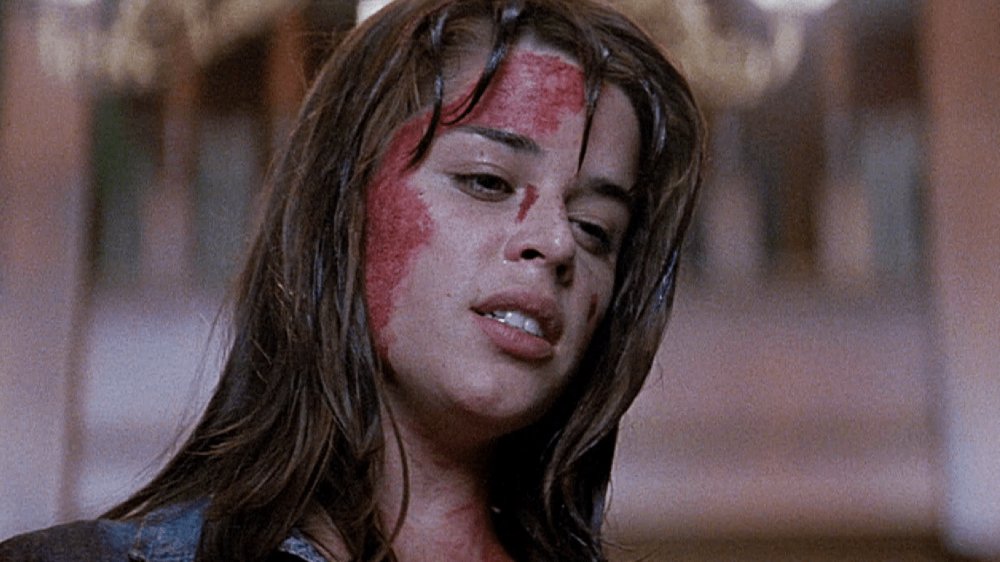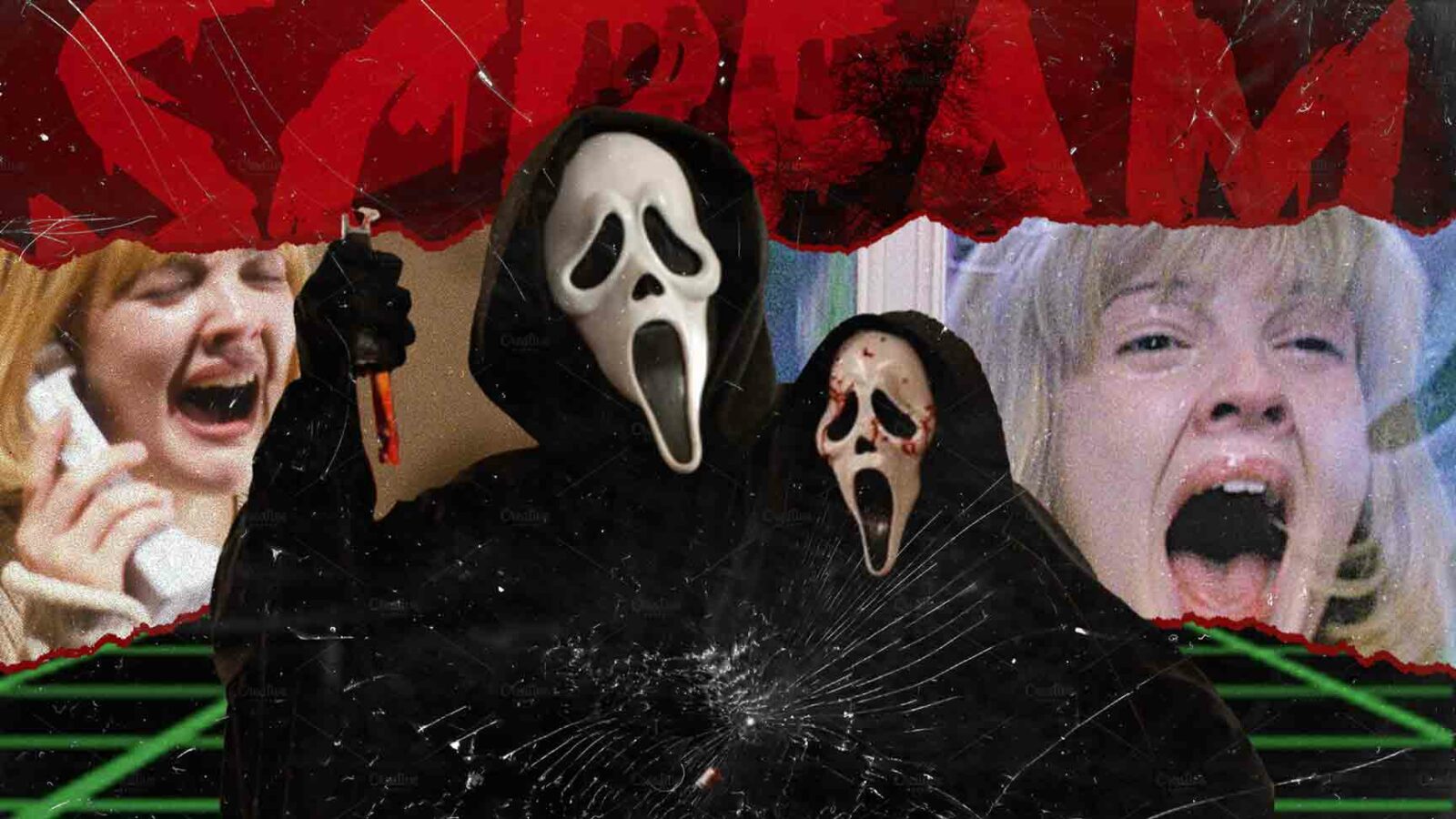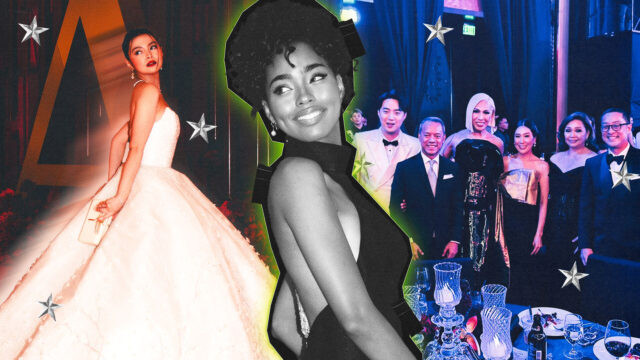25 years later, Scream remains to be one of the most influential horror movies to impact the slasher sub-genre.
Related: Spiral Is One Of The Better Saw Sequels, But It’s Still Not That Good
Scream served as a catalyst for future slasher films and was a turning point for the genre. “Someone has taken their love for scary movies one step too far.” That was the tagline for the marketing of the film. And yet in a meta sense, the love for scary movies enabled it to revive a dying genre and change the face of horror for years to come. Now 25 years old and with the upcoming release of the brand-new film simply titled, Scream, coming next year, it’s time to look back at one of the most profitable movie genres and how it was before and after Scream.
REVIVING A DEAD GENRE
The first thing to note was the state of the horror genre in the 1990s. Halloween was released in 1978 and its success spawned a lot of movies such as A Nightmare on Elm Street (1984) and Friday the 13th (1980) in what was eventually known as the slasher genre. And yet come the 90s, the slasher genre was relativel dead in its tracks with poor box office returns. Jason Voorhees was vanquished in Jason Goes to Hell: The Final Friday (1993). Freddy Krueger had been finally killed in Freddy’s Dead: The Final Nightmare (1991). Meanwhile, Michael Myers had been relegated to cheap sequels with Halloween 6: The Curse of Michael Myers (1995). It just seemed that most, if not all, of these beloved franchises, were either dead or were quickly losing relevance.
But because of the love of these films, writer Kevin Williamson sought out to make his own slasher film and wrote Scream. A “whodunit” mystery, he teamed up with horror maestro director Wes Craven, a veteran of the genre, having done films like A Nightmare on Elm Street (1984), The Last House on the Left (1972), and The Hills Have Eyes (1977). With their combined efforts, Scream became a box office success and a critical darling, a rare feat for a genre known to be profitable with audiences and poor with critics. Scream was the highest-grossing slasher film at the time, a record it impressively held till Halloween (2018) dethroned it. Scream’s success made sure that the slasher genre was here to stay and is considered the first great slasher film in the 90s.
A-LIST CAST IN HORROR MOVIES

The next element of Scream’s success came from its casting. Horror films were considered B-level movies, and so they often employed unknowns and inexperienced actors. Of course, the genre can spawn stars like Jamie Lee Curtis from Halloween, Kevin Bacon from Friday the 13th, or Johnny Depp from A Nightmare on Elm Street. But these actors weren’t the stars they are known today when they did those films. The difference in Scream then was the decision to cast well-known actors for the film. This added credibility to the project and was one of the factors why Wes Craven eventually agreed to do the project.
The first one they got was Drew Barrymore. Having been known at the time for her role in ET: The Extra-Terrestrial (1982), Barrymore’s casting was a huge grab and her signing on drew other actors into the project. The cast would then be rounded up by well-known actors at the time such as David Arquette, Neve Campbell, Matthew Lillard, Rose McGowan, Skeet Ulrich, and of course, Courtney Cox who was well known for Friends.
In fact, the cast was the big marketing push of the film. Rather than promoting the Ghostface killer, the posters promoted its stars. It billed them in alphabetical order while the image of Drew Barrymore’s face would serve as the poster itself. The casting of this film enabled Scream to have a wider audience. And the success of this decision would be replicated in its sequels and the slasher films spawned by Scream. Before Scream, it was unheard of to cast recognizable faces. But after, well-known stars would come flocking to their own slasher projects with the genre having gained a degree of respectability through Scream.
REPLICATING SCREAM’S SUCCESS
Finally, the success of Scream spawned numerous slasher films during the decade, all trying to replicate Scream’s formula. The film’s humor and tongue-in-cheek nature was considered one of its strengths because Scream poked fun at horror movie tropes. It would often reference stereotypes such as the virginal heroine or the lines people would say in slasher films that would signal their demise. Because of this, many films attempted to find more humor in their own slasher films. Urban Legend (1998) poked fun at the many urban legends and how implausible they were. Bride of Chucky (1998) gave Chucky a girlfriend through Tiffany. Final Destination (2000) turned dying into exciting, but often convoluted death traps. Even the marketing of Scream was replicated by its competitors.
All of a sudden, slasher movie posters would not feature any killer. Instead, the teen stars attached to it would be promoted, often marketing the movie like teen magazines rather than horror films. Two examples of this would be I Know What You Did Last Summer (1997) starring Jennifer Love Hewitt, Sarah Michelle Gellar, Ryan Philippe, and Freddie Prinze Jr., and The Faculty (1998) starring Elijah Wood, Josh Hartnett, and Usher. Even older slasher franchises would try to replicate the success of Scream. A notable example is Halloween: 20 Years Later (1998), which had the return of Jamie Lee Curtis as its biggest selling point while backed by actors such as Michelle Williams, Joseph Gordon Levitt, and LL Cool J.
A LASTING IMPACT

Scream made sure that the slasher genre was here to stay and the trends it set would be present for the latter half of the 1990s. Horror movies would later shift gears with newer tropes such as torture porn in the mid-2000s with films like Saw (2004) and Hostel (2005) or found footage films in the early 2010s such as Paranormal Activity (2009). Scream’s long-lasting influence on the genre would be seen not only by its numerous sequels and MTV show but by the films it inspired as mentioned throughout. Scream is not only a landmark for the slasher genre but a landmark for the 90s as well. Its cast, its scares, its humor, and its soundtrack were all lauded, and rightfully so. And while there are many films before Scream and after, Scream’s success is often duplicated but never replicated.
Continue Reading: 9 Horror Movies That Will Keep You Up All Night On Halloween





